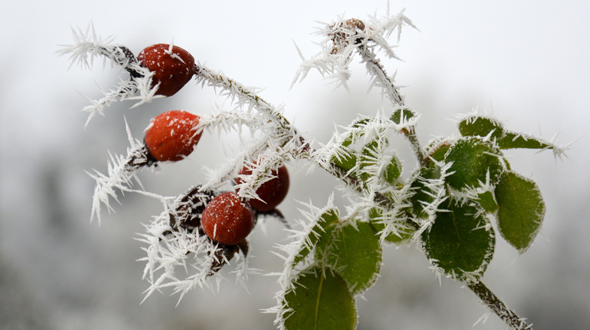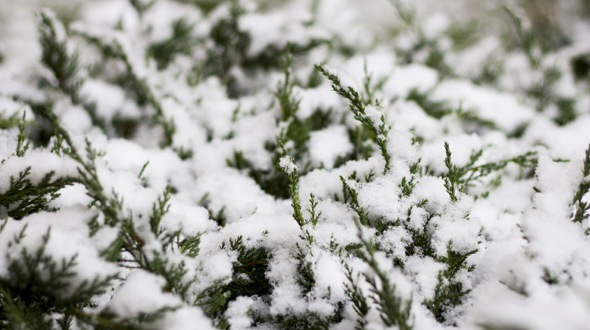
Winter is coming and it’s time that you took some steps to protect the biggest investments you’ve made in your garden. The ornamental shrubs, evergreens, and shade trees will need a little extra help to survive the harsh winter.
The cold temperatures and winds of winter can cause bleaching in evergreen trees. The roots, bark, and branches are also susceptible to additional damage that could injure or even kill them.
There is hope though, so don’t give up just yet! Read through our toddsmariettatreeservices.com guide on keeping your garden going during the harshest winter weather.
Protect and Hydrate Tree Roots
Everything begins with the roots. During the fall, all the way to the first freeze, you can take two important steps to keep roots hydrated and protected. Keep in mind that the temperature of the soil will drop at a slower pace than air temperature, and tree roots will start to die if soil temperature reaches less than 10 degrees fahrenheit.

Watering in the Fall – Evergreens, woody plants, and freshly planted trees must be watered regularly during fall – particularly during dry fall seasons. If there is a deep freeze that causes the ground to freeze then roots are not able to draw moisture from the soil, making them dependent on the resources gathered during fall.
NOTE: The primary reason evergreens are damaged by winter is dehydration. Evergreens keep their foliage during the winter and continue transpiring. Without enough water to support themselves, their foliage can become burned or browned.
Thick Mulching – As we mentioned before, tree roots are damaged and killed by soil temperatures below 10F. As counterintuitive as it sounds, soil is better at holding heat when wet rather than dry. To keep roots growing during the fall and prevent damage in the winter, place 3 to 6 inches of organic mulch or wood chips around the trees and plants in your garden.
NOTE: If you live somewhere where temperatures stay below freezing for a long period of time, then use 6 to 8 inches of mulch for your trees, shrubs, and plants.
Is it Necessary to Wrap Trees?
It is not necessary to wrap trees if using evergreens based on the USDA Hardiness Zone map for your area and the trees have been given enough time to establish roots.
You do need to wrap trees for winter if they are newly planted or likely to suffer from dehydration or winter burn.
NOTE: As mentioned before, evergreens will get dehydrated because they continue to transpire throughout the winter. This means that evergreens are likely to suffer from winter-burn if they are not provided with enough water in the fall and haven’t stored enough to see them through the season.
A Little Common Sense And Preparation Helps Save Trees, Evergreens, and Shrubs
Knowing where you lie on the hardiness zone map and planting based on that location is the first step towards successful landscaping. Practice common sense through the year by pruning, trimming, protecting, and watering your trees and shrubs properly and your evergreens should stay alive and prosper for years to come. For tips on helping your deciduous trees, read this article toddsmariettatreeservices.com/deciduous-trees-dormancy-winter/
Each winter brings with it new challenges and each plant responds differently to them. While trees, shrubs, and plants have an incredible ability to overcome, they sometimes need you to intervene and support them to ensure they are not severely damaged.
https://plus.google.com/+Toddsmariettatreeservices
Todd’s Marietta Tree Services
(678) 505-0266

No comments:
Post a Comment